The Miniature Bull Terrier is a compact version of the classic Bull Terrier, known for its distinctive appearance and vibrant personality. This breed combines the Bull Terrier’s characteristic charm with a smaller size, making it an appealing choice for many dog enthusiasts. In this detailed guide, we will explore the Miniature Bull Terrier’s history, physical traits, temperament, and care requirements to provide a thorough understanding of this fascinating breed.
History of the Miniature Bull Terrier
The Miniature Bull Terrier shares its origins with the larger Bull Terrier, which was first developed in 19th-century England. The Bull Terrier was originally bred for bull-baiting, a now-outlawed sport that required a strong, tenacious dog. After the sport was banned, the breed was refined for its unique appearance and versatile temperament.
The Miniature Bull Terrier emerged as a smaller version of the Bull Terrier in the late 19th and early 20th centuries. Breeders sought to create a smaller dog that retained the breed’s distinctive traits, including its muscular build and characteristic “egg-shaped” head. The Miniature Bull Terrier was officially recognized by kennel clubs in the early 20th century, and it has since gained popularity as a lively and affectionate companion.
Physical Characteristics
Size and Weight
The Miniature Bull Terrier stands between 10 to 14 inches tall at the shoulder, significantly smaller than its larger counterpart. Their weight typically ranges from 25 to 35 pounds. Despite their smaller size, Miniature Bull Terriers possess a robust and muscular build that gives them a strong, athletic appearance.
Coat and Color
The Miniature Bull Terrier’s coat is short, dense, and lies flat against the body. It is relatively low-maintenance and comes in a variety of colors, including white, black, brindle, and combinations of these colors. The breed’s coat is known for being resistant to dirt and easy to groom, requiring only occasional brushing to keep it in good condition.
Build and Structure
Miniature Bull Terriers have a distinctive, egg-shaped head that sets them apart from other breeds. Their eyes are small, triangular, and set deep into their head, contributing to their unique expression. Their muscular body is supported by strong, straight legs, and their tail is medium-length and carried low. Overall, their build is compact and powerful, reflecting their energetic nature.
Temperament and Personality
Energetic and Playful
Miniature Bull Terriers are known for their high energy and playful demeanor. They thrive on regular exercise and enjoy activities that challenge them both physically and mentally. Their playful nature makes them great companions for families and individuals who can keep up with their activity levels.
Loyal and Affectionate
This breed is highly loyal to its family and forms strong bonds with its owners. Miniature Bull Terriers are affectionate and enjoy being involved in family activities. They are known for their playful antics and love to engage in games and interactive play.
Intelligent and Independent
Miniature Bull Terriers are intelligent dogs, but their independent nature can sometimes make training a challenge. They are quick learners but may have a stubborn streak. Consistent, positive reinforcement training methods work best with this breed. Early socialization is crucial to ensure they grow up to be well-adjusted adults.
Social and Friendly
Generally, Miniature Bull Terriers are social dogs that get along well with other animals and people. However, their strong prey drive may cause them to chase smaller animals. Proper socialization and training can help manage these instincts and ensure they interact positively with other pets and strangers.
Exercise and Activity Needs
Daily Exercise
Miniature Bull Terriers require regular exercise to maintain their health and prevent boredom. Daily walks, playtime in a secure yard, and interactive activities are essential for their well-being. They have a lot of energy to burn, so a lack of exercise can lead to behavioral issues.
Mental Stimulation
In addition to physical exercise, Miniature Bull Terriers need mental stimulation. Puzzle toys, training sessions, and interactive games can help keep their minds sharp and prevent destructive behavior. Engaging them in various activities will also help prevent them from becoming bored and potentially developing separation anxiety.
Training and Socialization
Early Socialization
Socialization is crucial for Miniature Bull Terriers. Exposing them to various environments, people, and other animals at a young age helps them develop into well-rounded adults. Positive experiences during the early stages of their development will contribute to their ability to handle new situations confidently.
Consistent Training
Training should be consistent and based on positive reinforcement techniques. Miniature Bull Terriers respond well to rewards such as treats and praise. Training should be firm yet gentle, as overly harsh methods can undermine their trust in you. Patience and persistence are key when working with this breed.
Health and Care
Common Health Issues
Miniature Bull Terriers are generally healthy dogs, but they can be prone to certain health issues, including:
- Deafness: A common condition in Bull Terriers that may affect one or both ears.
- Skin Problems: They can be susceptible to skin allergies and infections.
- Dental Issues: Regular dental care is important to prevent dental disease.
Routine veterinary check-ups and a healthy diet can help manage and prevent these issues.
Grooming
The grooming needs of Miniature Bull Terriers are minimal. Their short coat requires only regular brushing to remove loose hairs and keep the coat shiny. They do not shed excessively, making them a good choice for people with allergies. Regular nail trimming, ear cleaning, and dental care are also important for their overall health.
Diet and Nutrition
A balanced diet is essential for maintaining the health of a Miniature Bull Terrier. High-quality dog food formulated for their size and age will provide the necessary nutrients. Avoid overfeeding, as obesity can lead to health problems. Consult with your veterinarian to determine the best diet for your dog’s specific needs.
Living Environment
Space Requirements
Miniature Bull Terriers adapt well to various living environments. They can thrive in both apartments and houses, provided they receive adequate exercise and mental stimulation. A secure, fenced yard is a great addition if you have the space, but regular walks and playtime can also meet their exercise needs.
Indoor vs. Outdoor Living
Miniature Bull Terriers should be primarily indoor dogs. They thrive on human interaction and prefer to be part of family activities. While they enjoy spending time outside, especially if they have a secure yard to play in, they should not be left outdoors for extended periods.
Conclusion
The Miniature Bull Terrier is a unique and charming breed with a distinctive appearance and lively personality. Their compact size, combined with their energetic and affectionate nature, makes them a delightful companion for active individuals and families. Understanding their exercise needs, training requirements, and health considerations will ensure that you provide the best possible care for your Miniature Bull Terrier.
If you’re considering adding a Miniature Bull Terrier to your family, be prepared for an active, intelligent, and loving dog that will bring joy and excitement into your life. With the right care, training, and attention, a Miniature Bull Terrier can become a loyal and cherished member of your household.





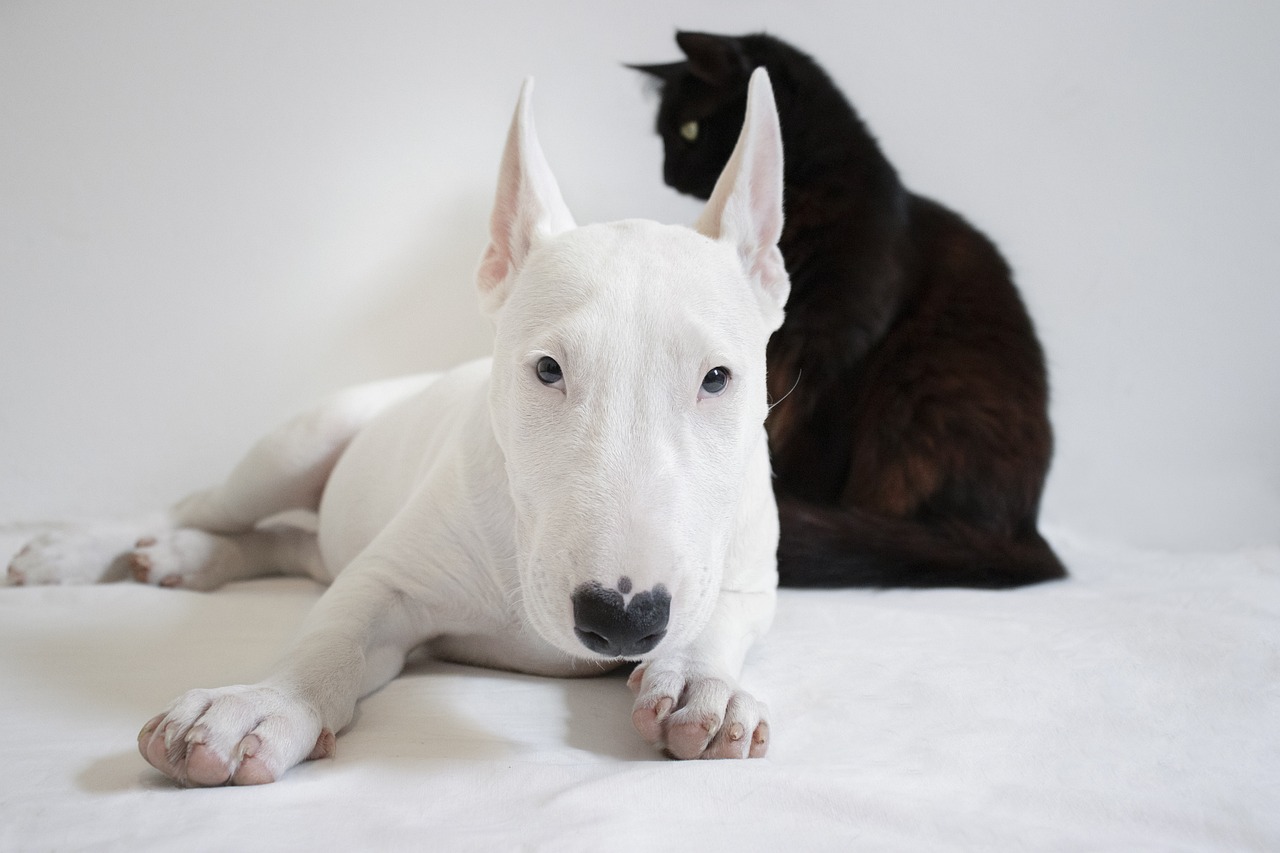
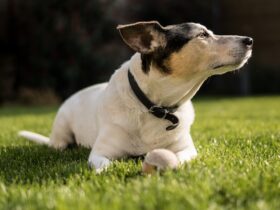
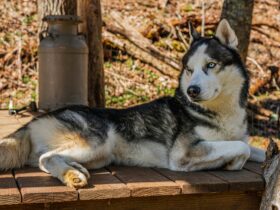
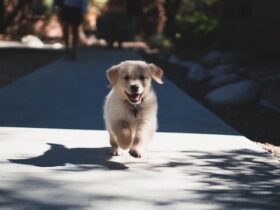
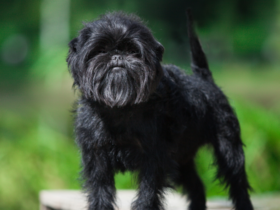
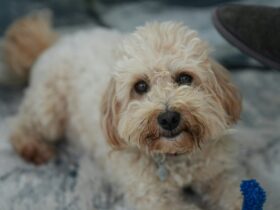
Leave a Reply